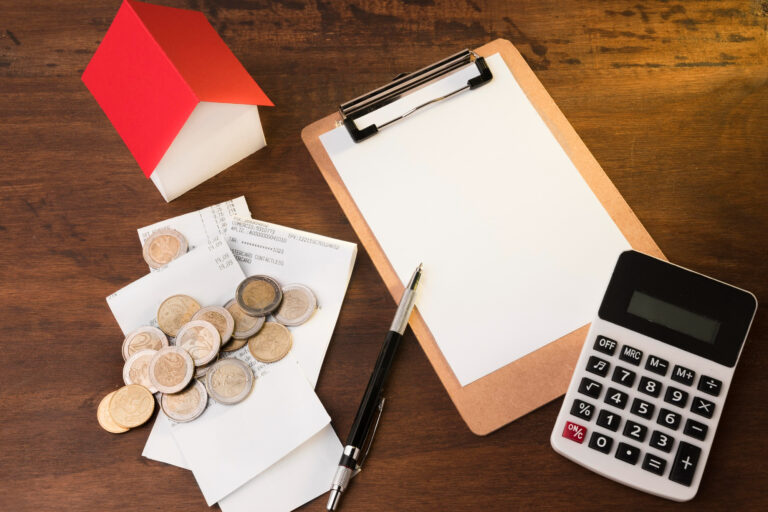As the real estate market continues to adjust in 2025, one question keeps coming up for prospective buyers:
“Should I buy now or wait for mortgage rates to drop?”
It’s a fair question—and one that doesn’t have a one-size-fits-all answer. But there are a few key factors to consider when weighing your options. In this post, we’ll explore the current environment, what’s projected for the coming months, and how to think strategically about timing your purchase and mortgage.
Where Mortgage Rates Are Headed
Many experts expect mortgage rates to gradually decline over the course of 2025, especially if inflation cools and the Federal Reserve continues easing monetary policy. Some forecasts project rates falling below 6% by the end of the year—but how much and how fast is still uncertain.
While the rate trend may be favorable, trying to time the market perfectly often results in missed opportunities. Rates are only one variable in a much bigger equation.
Why Some Buyers Are Choosing to Act Now
Despite rates still hovering above historic lows, many buyers are choosing to move forward with their home purchases now. Why?
- Inventory is rising, giving buyers more options without the pressure of bidding wars.
- Sellers are still negotiating, with many offering price flexibility or concessions before demand picks back up.
- Home prices are expected to rise as more buyers re-enter the market later this year.
In other words, waiting for rates to drop might mean paying more for the same home, or losing buying power if prices rise faster than rates fall.
What About Refinancing Later?
If you secure a mortgage at today’s rate and rates do fall in the coming months, refinancing can be a smart way to reduce your monthly payment or loan term. The key is understanding:
- Your break-even point (how long it takes for your monthly savings to outweigh refinance costs)
- Whether you plan to stay in the home long enough to make refinancing worthwhile
- How much you can improve your rate compared to your original loan
At UnrealFi, we encourage borrowers to think long-term and build a strategy that includes both the initial purchase and future opportunities to refinance.
What’s a Break-Even Point, and Why Does It Matter?
When refinancing, you’ll typically pay closing costs—just like with your original loan. The break-even point is the number of months it takes for your monthly savings to “pay back” those costs.
Example: If you save $150/month by refinancing and the refinance costs $3,000, your break-even point is 20 months.
With UnrealFi’s no-cost refinance offered to clients who complete a purchase loan with us, that break-even point can be immediate—eliminating one of the biggest obstacles to refinancing when rates drop.
Ask us how we can help you run your numbers and build a smart strategy for refinancing in the future.
The Bottom Line
If you’re financially prepared and have found the right property, there’s a strong case for moving forward now. Mortgage rates are only one part of the puzzle—and the ability to refinance later adds flexibility to your strategy.
As always, the best approach is one that reflects your unique goals and financial picture. If you’re not sure what makes the most sense for you, UnrealFi is here to help. We’re happy to walk you through the numbers, explore different scenarios, and help you feel confident in your decision—whether that means buying now or continuing to watch the market.
Next month, we’ll dive into refinancing: when it makes sense, what to expect, and how to know if it’s worth it. Stay tuned.



